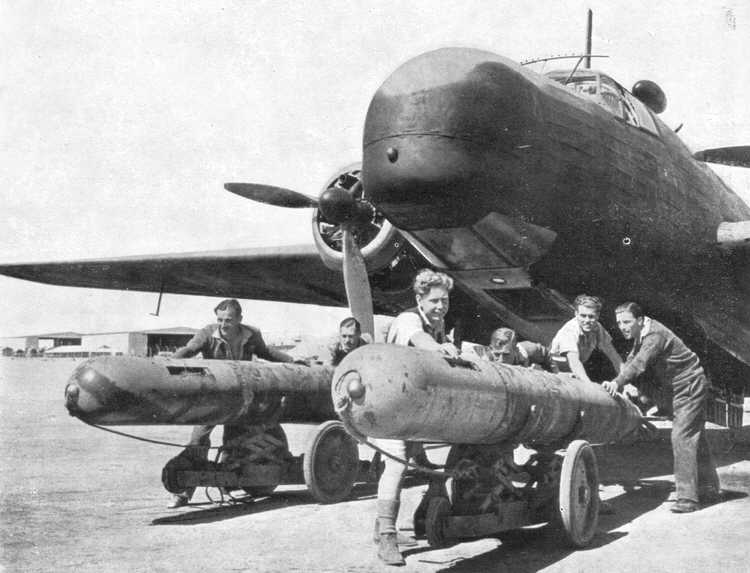I'm doing my version of Eric Morecambe's rendition of Grieg's Piano Concerto here - that is I'm writing the right posts in the wrong order.
The Hawker Hurricane in Belgian Service
The placing of bulk orders for Hurricanes with Avro, Gloster, Hawker and Westland in June 1936 allowed the British aircraft industry meet the requirements of the British air services for fighter aircraft and export more of them.
IOTL Belgium bought 22 Gladiators. According to this website
https://www.belgian-wings.be/gloster-gladiator they were ordered in September 1936 and delivered in three batches, that is six in June 1937, nine in September 1937 and seven in March-April 1938. Putnam's Gloster aircraft book says that they were ordered in June 1937 and delivered between September 1937 and May 1938. The Belgian Wings website says that the last 7 were assembled in Belgium and that SABCA had (unsuccessfully) negotiated for a licence to build more.
The second Air Ministry Gloster Gladiator contract was 442476/35 placed in September 1935. It was initially for 186 aircraft with the serials K7892 to K8077. However, at some point 22 aircraft (K8056 to K8077) were deleted from the contract and another 16 with the serials L7608 to L7623 were added. This changed the total ordered to 180 aircraft that were delivered between April 1937 and February 1938.
I suspect that the 22 Gladiators delivered to Belgium were the 22 aircraft that were deleted from Contract 442476/35. However, I haven't found any proof.
The 20 British built Hurricanes ordered by Belgium were delivered in April 1939. They were taken from Contract 527112/36, which was the contract for 600 Hurricanes that were ordered from Hawker in June 1936. The Belgians also ordered 80 Hurricanes to be built under licence by SABCA. According to the only source that I have they were ordered in March 1939, but only handful had been delivered before the Germans invaded. AFAIK 22 Hurricanes when the Germans invaded, which included the surviving Hawker built aircraft, the few that SABCA had completed and some interned RAF Hurricanes that had been impressed into Belgian service.
The Belgian Government ordered Fiat CR.42s in December 1939. They were delivered from March 1940. Sources differ over the number that was ordered. Some say 34 and others 40. The truth could be that 40 were ordered and 34 were delivered.
The Belgian Government ordered Brewster Buffaloes in December 1939. Most sources say that they ordered 40, but Green & Fricker say that they ordered 80. However, one was captured by the Germans at Bordeaux, 6 were marooned on Martinique and the rest were delivered to the RAF. Green & Fricker also said that the Belgians negotiated for Fiat G.50 fighters.
According to Green & Fricker the Aeronautique Militaire (or Aviation Militaire the sources differ) had 16 squadrons which were organised into groups of 2 squadrons and then into regiments of two or three groups. Squadrons seem to have had an establishment of 15 aircraft, for example the source I used for the Fiat CR.42 said that 30 aircraft were used to equip 2 squadrons and the rest went into reserve. However, most of the squadrons were understrength.
According to Green & Fricker 180 aircraft were available on 10th May 1940 as follows:
Note: The Niehorster website says that there were six squadrons in No. 3 Regiment instead of four. He says that they were equipped with Battles, Fireflies, GR.8s, Moranes, SV-5s and 3-engined Savoias.
After much head-scratching I failed to find a satisfactory way to have Hurricanes built instead of the first two Gladiator contracts. However, the Belgian Government could have ordered 22 Hurricanes from Hawker Siddeley that could have been taken from the Air Ministry contract for 389 Hurricanes ordered from Avro in June 1936 or the order for 400 Hurricanes placed with Gloster the same month. There's no way that they could be delivered between June 1937 and April 1938, but if the Belgian Government was prepared to wait they could all be delivered in one batch in the second quarter of 1938.
ITTL the Belgian Government would have concluded an agreement to build Hurricanes under licence by the end of May 1938 that took the place of the abortive attempt to build Gladiators under licence IOTL. This is about a year before the OTL order for 80 Hurricanes from SABCA (Source:
http://www.century-of-flight.freeola.com/Aviation history/WW2/belg Air Force.htm). This head start aught to enable SABCA to deliver the eightieth aircraft by May 1940.
The RAF had much larger stocks of Hurricanes in the winter of 1939-40 and it was being produced in greater numbers. The Belgian Government bought 80 of them in December 1939 in place of its OTL orders for 40 Buffaloes and 40 CR.42s. HMG could offer earlier deliveries than Brewster and Fiat plus it reduced the number of types that the Aviation Militaire had to incorporate into its order of battle. The 80 aircraft were delivered before the Germans invaded.
More Hurricanes might have been ordered from Britain between December 1939 and May 1940, but none of them would have been delivered. Similarly, it's likely that more aircraft were ordered from SABCA ITTL, but none of them had been delivered before 10th May 1940.
ITTL Belgium had received 202 Hurricanes from all sources by 10th May 1940. Some of them would have been written-off before then, but I think that there would have been enough left to equip ten squadrons at full-strength. That is the six fighter squadrons of OTL and four of the Fairey Fox reconnaissance squadrons. That would have reduced the total number of Fox squadrons from nine with 97 aircraft to three with 45 aircraft. Thus the TTL version of Green & Fricker would say that the Aeronautique Militaire had 227 aircraft in 16 squadrons instead of 180 aircraft in 16 squadrons.
Unfortunately, the Luftwaffe destroyed many of the 139 extra Hurricanes in the Belgian front-line before they could take off. Therefore, they didn't fulfil their potential.
